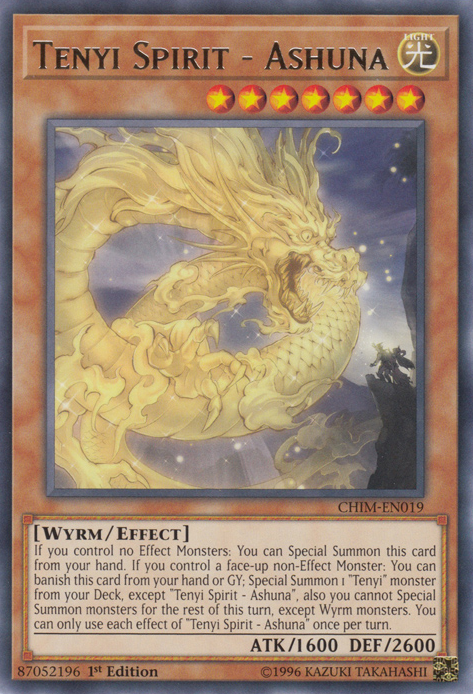

One of my favorite drinks is a daiquiri which switches out rum for a barley-based shochu such as Iichiko Special. Like Western amare or vermouth, it makes terrific lower-proof cocktails. It’s a versatile spirit which can be served neat, on the rocks, or even hot. Shochu is usually bottled at around 25% alcohol by volume (50 proof), which is low in comparison with whisky and other distilled spirits, but can be bottled up to 45% ABV. But barrel-aged shochus do exist - for example, the Tarusky Ariake Signature Imo, which was matured in ex-sherry casks for 10 years. Most shochus are rested in clay pots, where the aromas and flavors become more balanced and rounded over a period of several months to several years. And it doesn’t hurt that a shochu on the rocks is a most refreshing drink on a hot day! Shochu, however, is a distilled spirit, so it can be produced anywhere, regardless of climate.

The lion’s share of shochu is made in Kyushu and Okinawa - hot, humid islands which are inhospitable for sake brewing. In the case of barley-based shochus, there are distinctive malty and umami notes, while rice and sweet potato shochus have softer, sweeter flavors. But higher-end shochus, known as honkaku shochu, are distilled a single time (by contrast, Scotch-styled whiskies are generally distilled twice), so the flavor of the distillate really comes through in the final product. The big difference between sake and shochu - and it’s a really big one - is that sake is brewed like a beer, while shochu is a distilled spirit.Īs for the vodka comparison, some shochus are distilled three times, which can give them a smooth, mild, somewhat vodka-like flavor. The greater the polishing, the more refined the spirit. That means the grains are milled, not down to a flour-like substance, but to roughly 60-70% of their original size. You’ll also hear a lot about barley and rice-based shochus being “polished,” similar to sake. Like sake, shochu is fermented using koji mold and yeast. It’s most often made from barley, but other grains or starches are also commonly used, including rice, sweet potato, and wheat. Shochu’s history dates all the way back to the 1500s in Japan. Japanese shochu is frequently confused for Korean soju, and while there are similarities between the two that go beyond their names, they’re generally distilled differently and use different ingredients. Shochu Is Not Soju!īefore we get into what shochu is, let’s first get out of the way what it isn’t. But to the rest of the world, it’s still a well-kept secret - only about 1% of global shochu sales are outside Japan. Shochu is the most popular spirit in its native land, outselling even sake and whisky.

When I mention shochu to my friends in New York, where I live, the two most common responses are, “Oh, that Korean drink?” or “Shochu… that’s like a cross between sake and vodka?” Apart from that, the blank “I have no idea what you’re talking about” stare is pretty popular too.


 0 kommentar(er)
0 kommentar(er)
